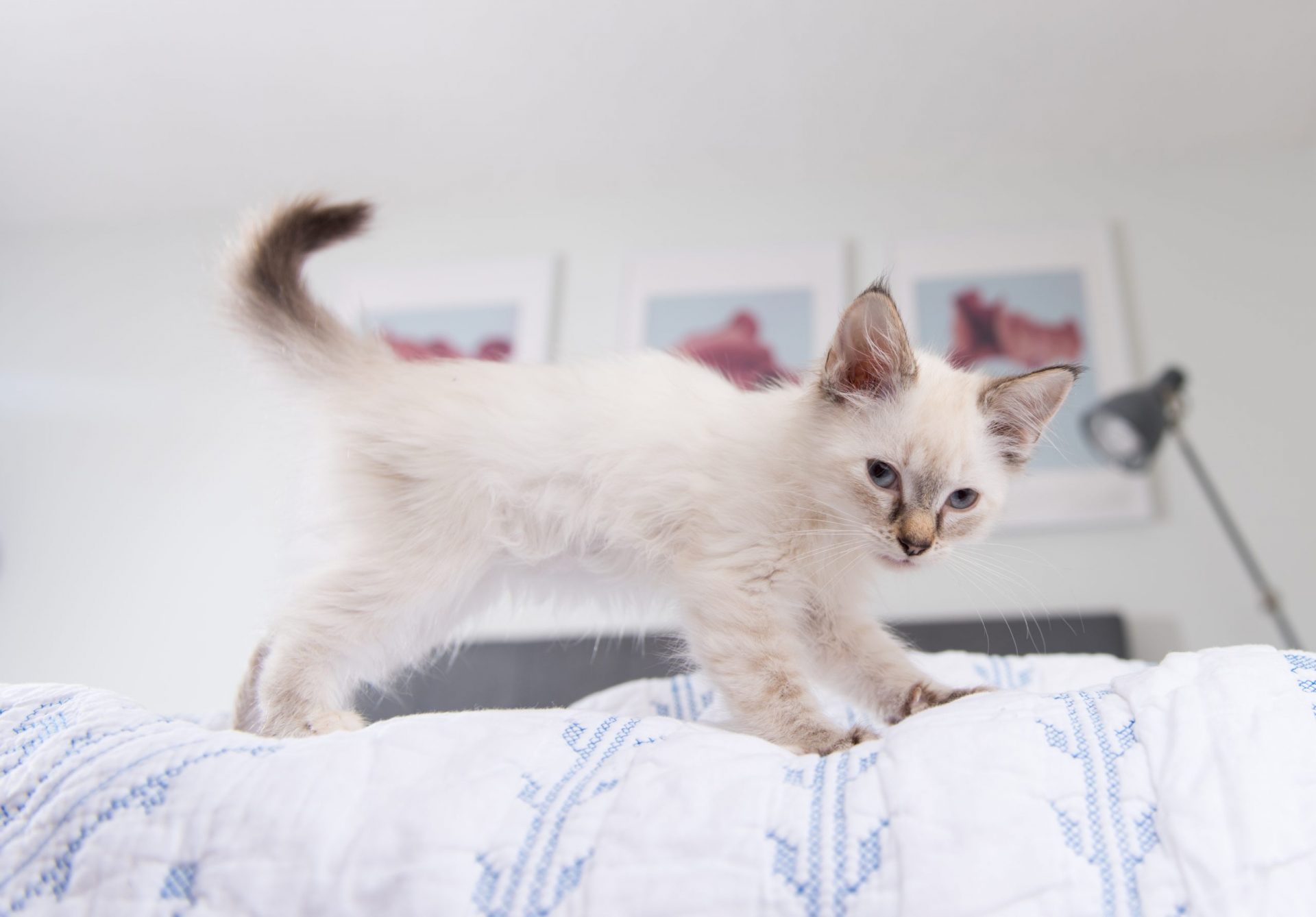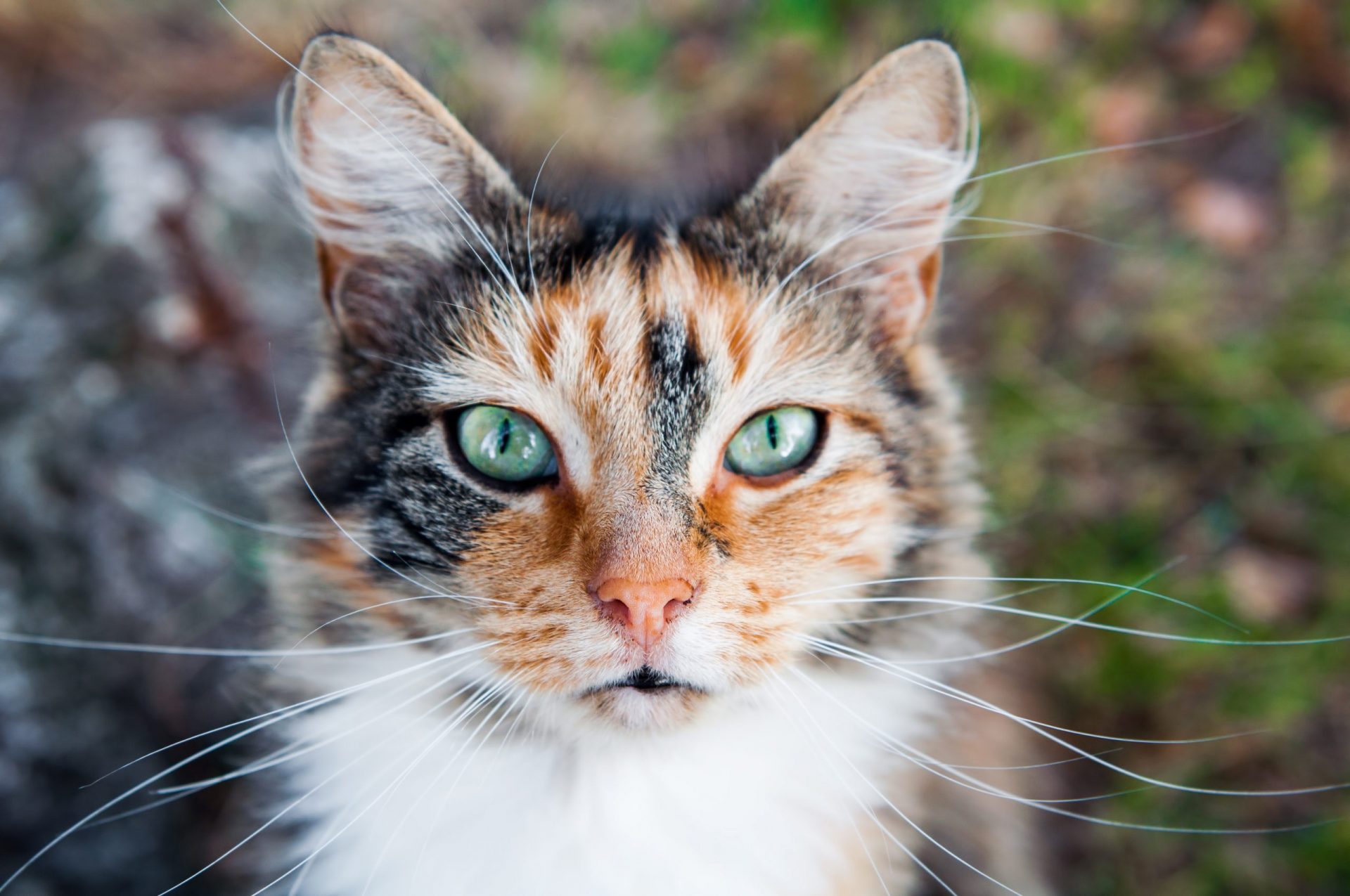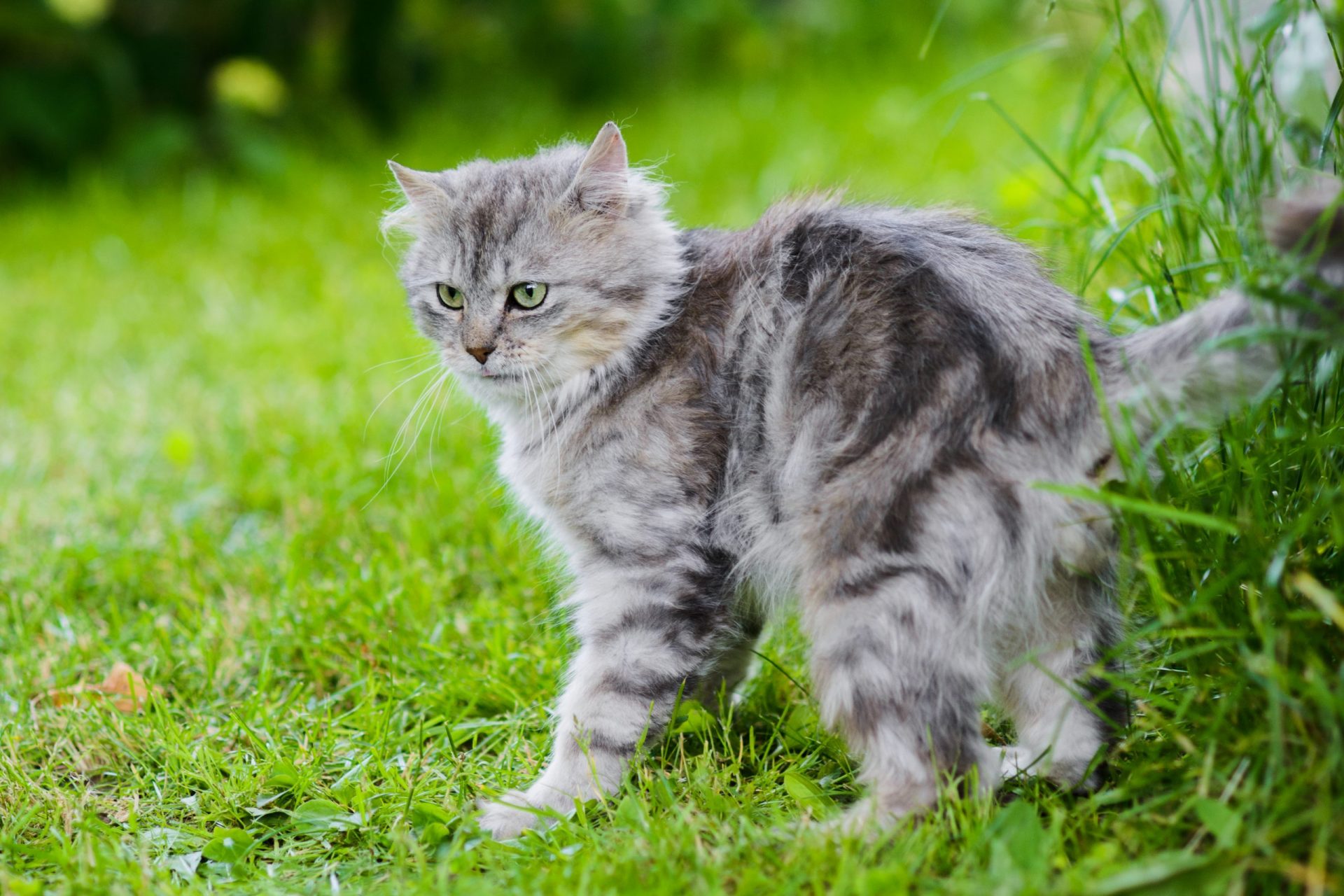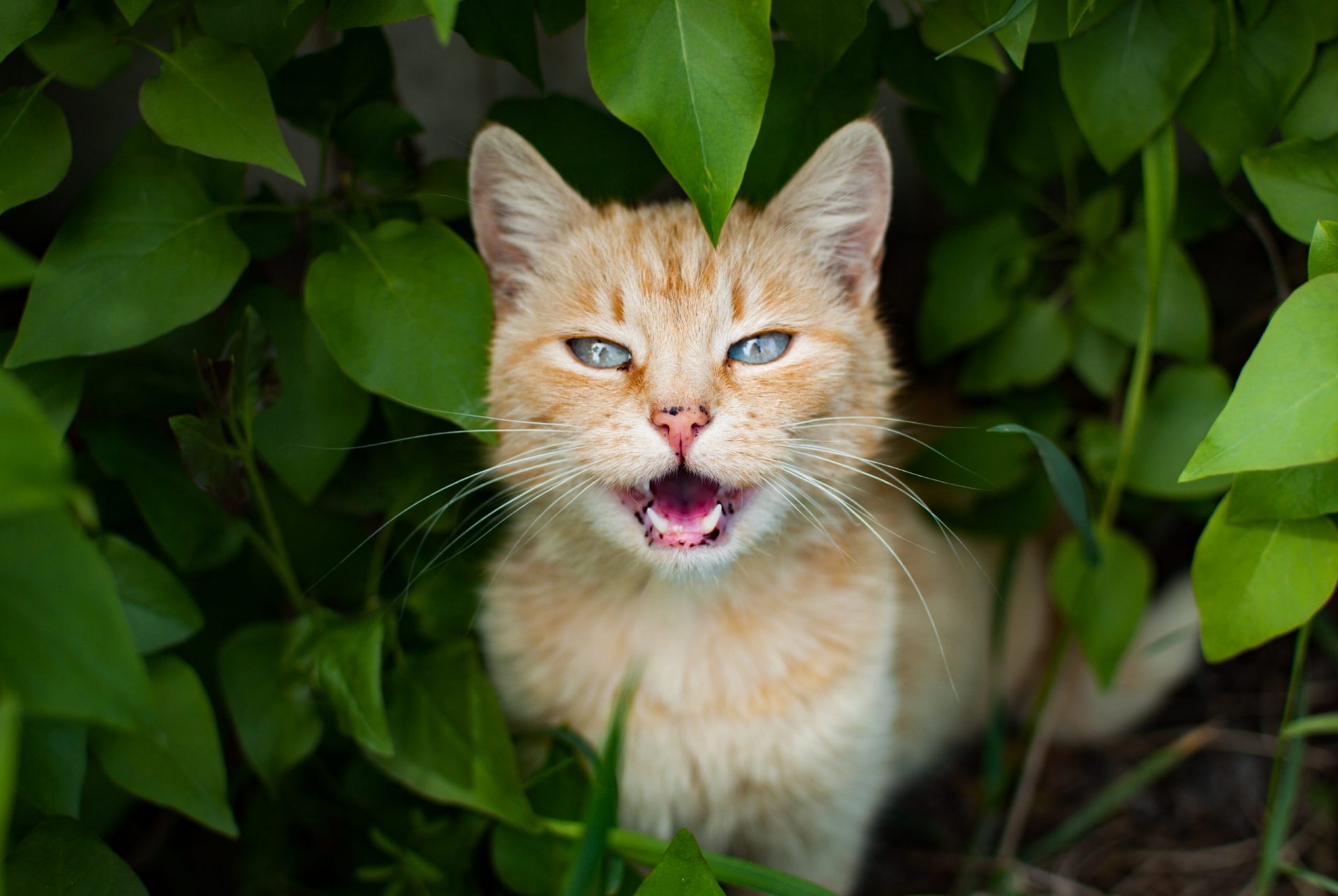Cats are mysterious creatures, and their body language can be difficult to decipher. But with a little bit of knowledge, you can start to understand what your feline friend is trying to communicate. Here, we’ll take a closer look at some of the most common cat body language cues and what they mean.
Ears
The cat’s ears can tell you a lot about their mood and level of interest. If their ears are pointing forward, they are alert and curious. If their ears are flat against their head, they may be feeling threatened or aggressive. If their ears are twitching, they’re likely picking up on a sound that has caught their attention.
Tail
A cat’s tail can also provide valuable insight into their state of mind. If their tail is held high, they are confident and feeling good. If their tail is twitching or flicking, they are on the hunt and ready to pounce. If their tail is tucked between their legs, they are feeling scared or intimidated.
Posture
The way your cat holds their body can also give you a clue into their mood. If they are standing tall with their back arched, they are feeling confident and ready to defend themselves. If they are curled up into a tight ball, they are feeling relaxed and content. If they are lying stretched out, they are comfortable and at ease.
Eyes
Your cat’s eyes can also be a valuable tool in understanding their emotions. If their eyes are wide open and focused, they are alert and paying attention. If their eyes are narrow and slits, they are relaxed and content. If their eyes are dilated, they may be feeling scared or stressed.
Meowing
Meowing is another way cats communicate. While cats do meow for various reasons, such as seeking attention or asking for food, it is important to pay attention to the tone and volume of the meow. A loud, demanding meow may indicate that they want something, while a soft, quiet meow may indicate that they are seeking affection.
Purring
Purring is a familiar sound to many cat owners, but it can have different meanings. Purring is often associated with contentment and relaxation, but it can also be a sign of distress or pain. If your cat is purring and kneading, they are likely feeling happy and relaxed. If your cat is purring while growling or hissing, they may be feeling threatened.
Kneading
Kneading is a behavior that is often seen in cats, where they push their paws against soft surfaces, such as blankets or their owner’s legs. This behavior is thought to be a sign of contentment and comfort, and may be a remnant of when they were nursing as kittens.
 See high resolution wallpapers of cute cats here
See high resolution wallpapers of cute cats here
Scratching
Scratching is a natural behavior for cats, as it helps to remove the outer layer of their claws and stretch their muscles. However, it can also be a sign of anxiety or stress, particularly if they are scratching furniture or other inappropriate surfaces.
Remember, every cat is unique and may have their own individual way of communicating. By observing your cat’s behavior over time, you will learn to recognize their specific cues and understand what they are trying to communicate. So, take the time to get to know your feline friend and you’ll be rewarded with a closer, more meaningful relationship.
It’s also important to note that a cat’s body language can change depending on the situation they are in. For example, if a cat is feeling scared or intimidated, they may hunch their body and tuck their tail, but if they are in a familiar and safe environment, they may be more confident and relaxed.
In conclusion, the amazing world of cat language is waiting for you to discover.
With a little bit of observation and understanding, you can become a cat language expert and deepen your connection with your furry friend. So, get started today and see the difference it makes in your relationship with your cat!
Install MyStart Theme for Google Chrome













